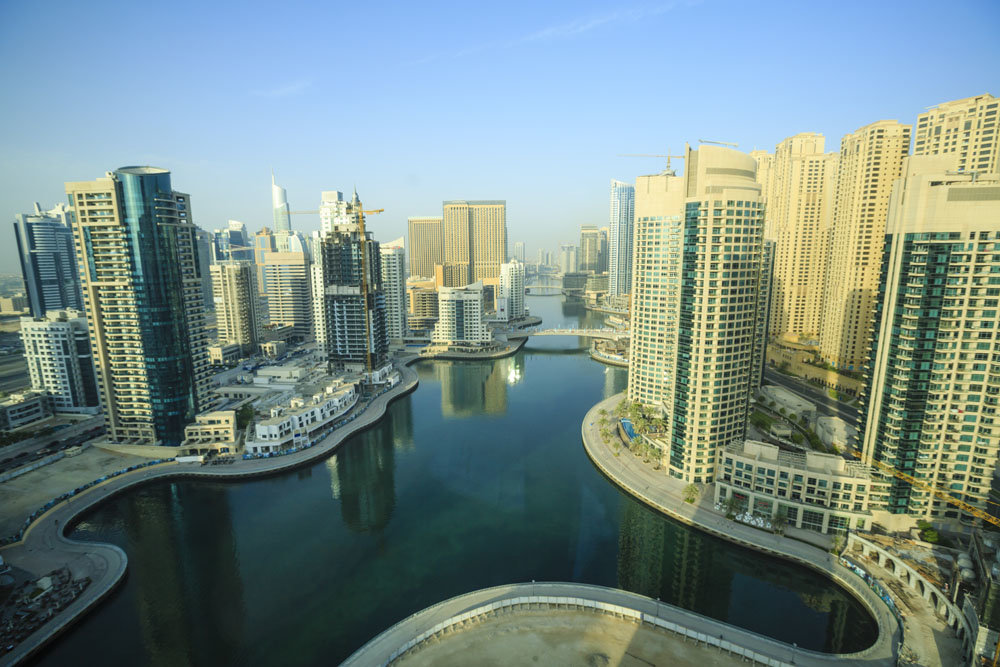
“Higher risk and higher reward go hand in hand with maintaining control over the end-to-end process,” says Mark Hargreaves, partner at intellectual property specialist law firm AJ Park. That’s an understanding driving more Kiwi businesses with big aspirations to set up their own operations and headquarters overseas. Some of our biggest exporters have done just that: Fonterra has set up shop in head offices and processing plants around the world, while med-tech specialist Pacific Edge has a secondary research location in Pennsylvania. Fisher & Paykel manufactures in the USA, Mexico, Italy and Thailand, in addition to home.
“If you’re going to be a big company you need to be somewhere where you’ve got access to the right skills, and we’ve got to be realistic about the skills here and the volume of them,” says Hargreaves. “You’ve got to be able to tailor products to different markets. You’ve got to get people who understand the culture. To think we will grow really big businesses based in New Zealand without investment into key markets is a bit naïve.”
Obviously going the whole nine yards isn’t something new exporter businesses should do right off the bat; only after years of market development and growth. Whether or not it’s then the right idea to establish manufacturing or head offices offshore becomes a question that is hugely dependent upon the individual business, its capabilities, and the market it’s operating in.
For Pultron, a Gisborne-based composite parts manufacturer, those questions became much easier to answer after it identified the huge growth potential for its business in the Gulf Coast, where it had been operating for years. The high salt content of sea and soil, coupled with high rates of construction, means the region is a prime market for Pultron’s corrosion-free reinforcing rods.
Low labour costs and a business-friendly climate in Dubai’s free trade zones where the company opted to open its secondary manufacturing plant, made the decision much easier. However, that’s not to say it has been a quick process. “It probably took about three or four years to feel confident to manufacture there,” says managing director Jasper Holdsworth. And when it did, production was transferred on a staged basis, starting with low-grade items first to keep risk low.
“One of the things we needed to do was inject initiative into the workforce. We’ve done that but it’s taken a long time.” Holdsworth says one of the most important pieces of the puzzle was making sure to have the right people for that stage of the business. “You’ve got to have a real solid team. And you’ve got to have persistence. Basically once you’ve got those things, it boils down to understanding your value proposition, making sure you have product differentiation and defendable intellectual property.”
Whichever strategy is opted for, businesses need to make sure it works in their interests, says NZTE customer director Alan Koziarski. “Like most international business issues, a customised solution is needed. This solution should be driven by your customers’ needs, your strategy in meeting them, and above all doing it profitably.” ×
Gulf Coast Countries
In many ways the Gulf Coast Countries are the opposite of New Zealand: high expatriate populations with wealthy oil rich economies that lack significant food and agriculture production. That means we’re well positioned to provide what the GCC doesn’t have, as they are to pay for it, often at a premium.
In Dubai, perhaps one of the most business-friendly states of the GCC, designated free zones allow foreign enterprise to locate there and avoid corporate taxes and sales duties.
As Haylon Smith, NZTE trade commissioner for the Middle East, notes – that’s particularly attractive for manufacturers using Dubai as a regional export hub. And quite a few Kiwi companies are already investing there and the Middle East. Smith notes Burger Fuel, Trelise Cooper and Pumpkin Patch all have retail outlets in the region, while Tegel chickens are flown in to the supermarkets and, as mentioned, Pultron has located manufacturing in the region.
Because food security is such a big issue for the region, Smith says he sees food and beverage exports continuing to play a big part for Kiwi businesses – and it’s only going to grow. Education and health technology are another growth sector. “Countries here have built up very quickly,” says Smith. “They can learn a lot from countries that have spent a lot of time developing healthcare and education.”




.jpg/w=675,h=675,fit=crop)